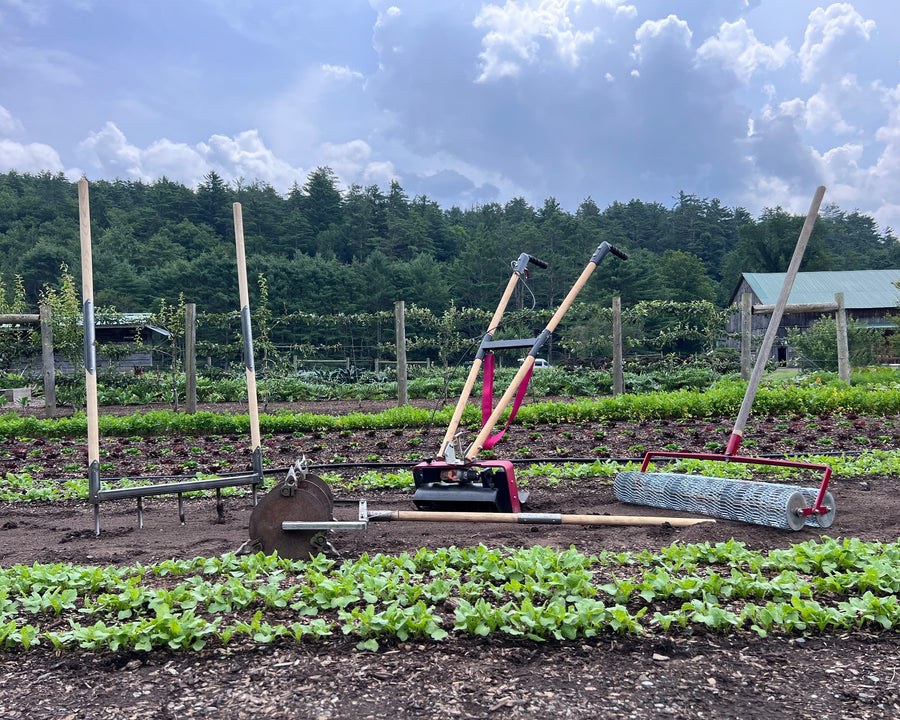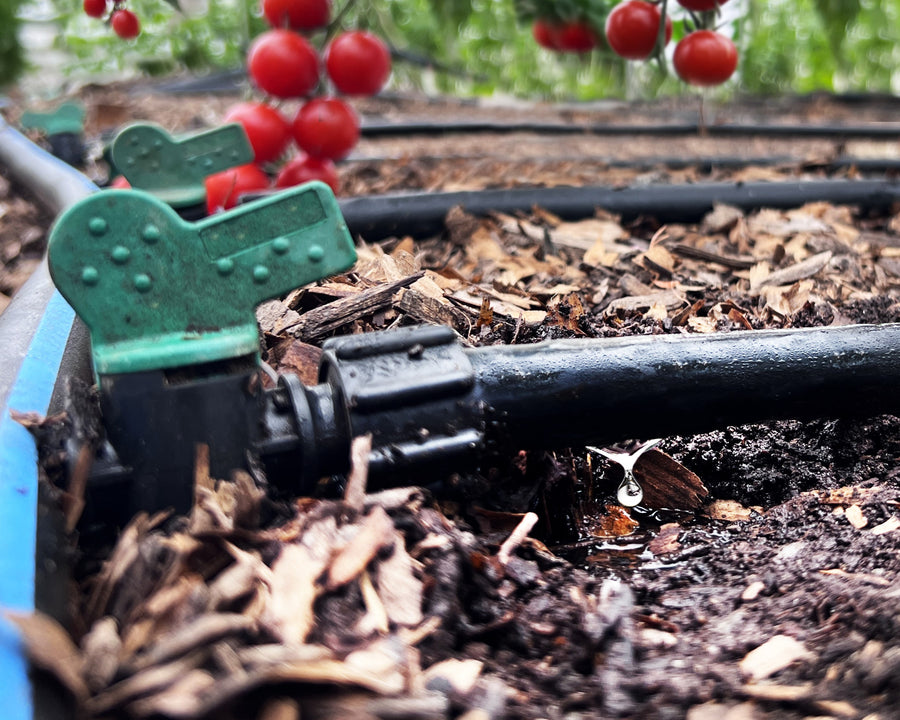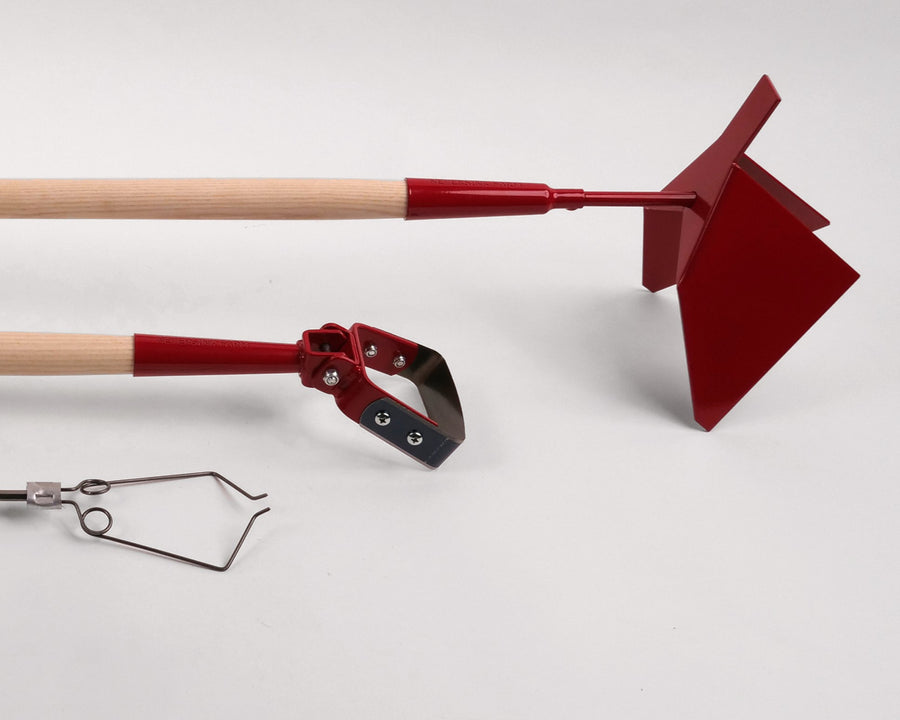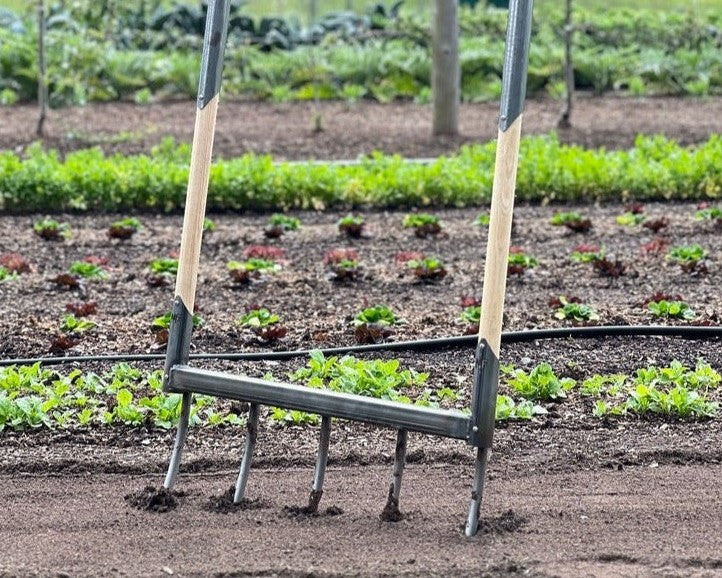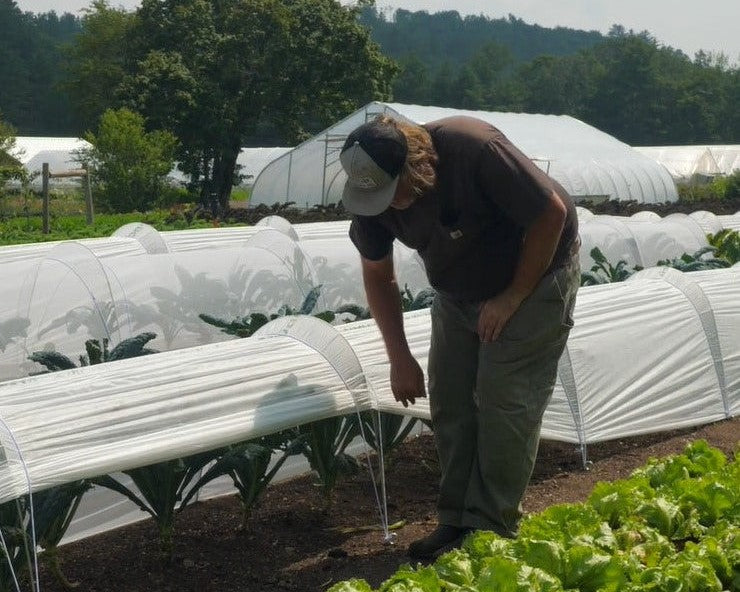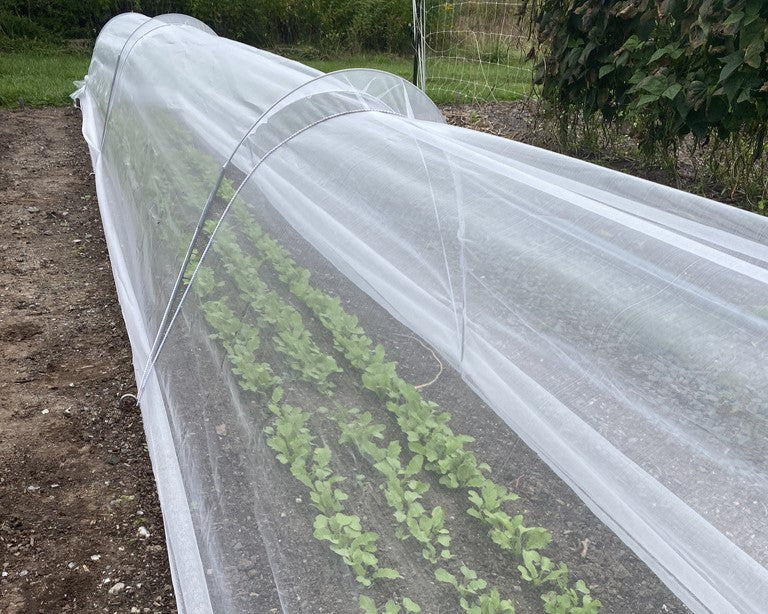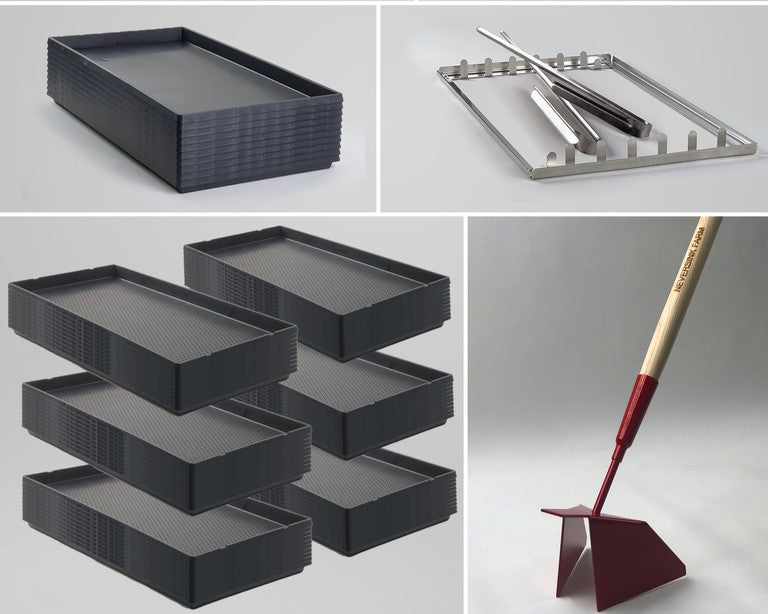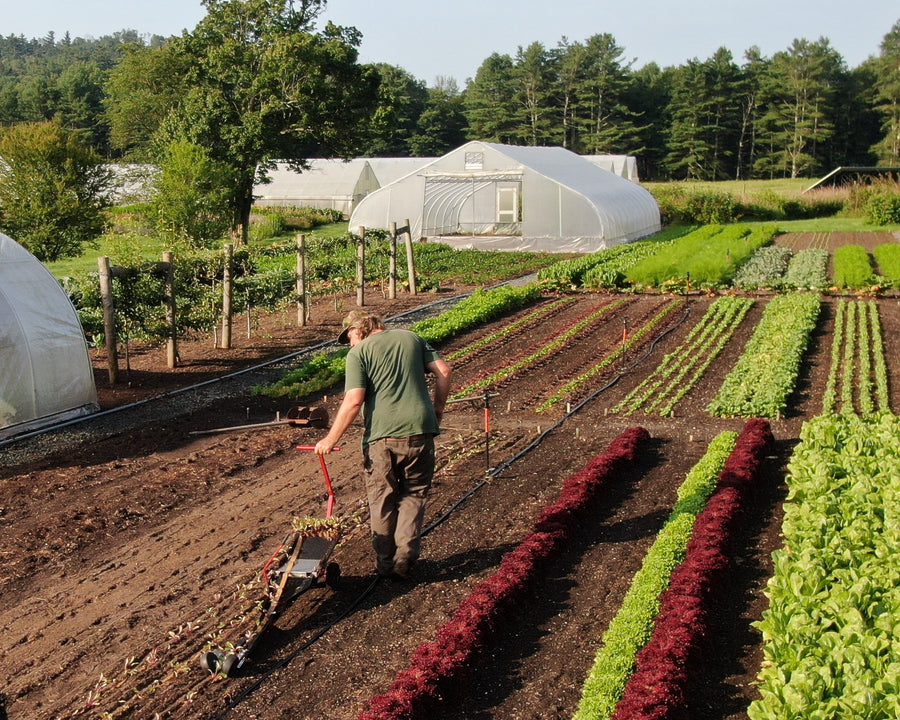How heavy should a paperpot transplanter be?

When I set out to create a paperpot transplanter, my main goal, obviously, was to make it the best and most affordable transplanter out there. A major roadblock for many farmers moving to paperpots is the $1,000 price tag on the transplanter. Reducing that price, would enable smaller farms and younger farms to be able to get the incredible time savings this system provides.
Besides all the questions of design, I was concerned about having the correct weight. Since I was starting from scratch, and using composite materials, I knew I could make it any weight by adjusting the size of the steel parts which run the length of the tool. So after the design for planting the pots was finalized, I started testing the transplanter with different loads. My prototype transplanter at 23 pounds (without the tray and transplants) was already far lighter than anything out there on the market so the light end of the range was no weight. The upper end was 10 pounds heavier than the bulkiest and heaviest transplanter which is 42 pounds. Thus the range would be 23 pounds to 52 pounds.
I worked in one pound increments and took notes on the following;
Plow depth in different soils - Does weight make it work better in different soils? Is the plowing more even? Does weight help the plow dig into the soil as the weight goes up? Does lighter weight make it more difficult to plow?
Transplanter handling - Does weight help or hinder the transplanter from going in a straight line? How much does weight affect the handling of the transplanter when turning or getting it started?
Finally, I needed to know that if there was a perfect weight, where would the best place for the weight be? So I ran the tests with the weight distributed differently along the length of the transplanter.
The results were surprising. I’ll start with our first impressions which were that the heavy transplanter weights were exhausting. We were doing so much testing, back and forth, turning the transplater every 100 feet. That added weight had an incredible effect on us. We would have to take breaks throughout the day because the exhaustion was affecting the results. Halfway through the day, we threw out the heaviest range above 40 pounds as it was making the use of the transplanter impossible.
Ok, so plow depth results - the plow on the transplanter is angled downward and is intended to pull itself into the soil. The final depth is determined by the height of the guide wheels (the wheels closest to the operator). A little bit of extra would make no difference in depth but we found that increasing the weight even more would pull the guide wheels into the soil. This would result in an uneven channel. Without any weight, the plow would create an even channel in light soils, while in heavier soils, weight had no effect on its unevenness. That was due to an uneven distribution of how firm the soil was. Once we used the Iconoclast to prep the bed, the evenness of the channel was the same between the two types of soil.
Now transplanter handling results - once the transplanter is moving, the added weight makes dragging it more difficult, but it was hard to notice if the transplanter was going straighter or not. It seemed to be more dependent on the evenness of the texture of the soil, rather than the weight of the tool, regardless of the type of soil. It also depended on the user. I have a lot of experience, so my lines were mostly straight. My cotester had no experience so his lines were not consistent regardless of weight.
Conclusion - Weight can make a slight difference in heavy soil where beds are completely unprepared. Overall though, weight made no difference and actually made all tasks more difficult the heavier the transplanter became. So in the final design, we added no weight to it and left it as a very light 23 pounds.
